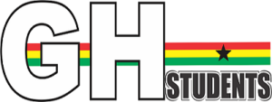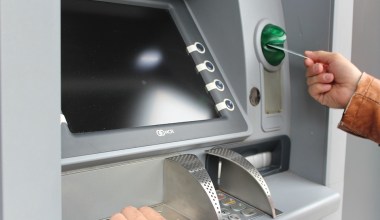The main focus of the government is to embrace technology in education. It aims to bring both genders into achieving equitable quality education. The government intends to improve education delivery now and in the future.
Changes that have contributed to the improvement and growth of education in Ghana
The Ghanaian government has already taken several milestones towards improving its education sector. Its main focus has been on early childhood, primary, and secondary education. The most tangible progress recorded recently are as follows:
- An expanded school’s physical infrastructure for both STEM and arts subjects. It will be through constructing of new schools across the country.
- Developed a countrywide strategy for assessing pre-university education.
- Introduced STEM subjects and ICT in basic learning as part of curriculum reforms.
- Developed a nationwide framework for enhancing accountability from educationists.
- Established free secondary education. Compulsory for two years.
Developing support for assignment
It is challenging to study, work, and complete assignments when you have limited time. Yet, there is a solution to a balanced education experience if you learn to develop support for assignments online. Your best support is assignment writers on AssignmentBro, where you can hire a writer to complete your assignments fast. You will no longer be under intense pressure or forgo your social life for the sake of assignments.
Funding the education sector
To enhance the quality of education in Ghana, the government has heavily financed the sector through its development partners. Recently, the World Bank announced it had approved $150 million to help finance the education sector in Ghana.
The money will enhance education quality for more than 2 million children in schools that were underperforming. The money is for in-service teacher training and buy learning materials. It will ensure improved involvement of communities, enhance both teaching and learning assessment.
Eliminating gender barriers towards access to girls’ education in Ghana
The bold steps that the government of Ghana took about two decades ago have finally borne fruit. The aim was to end gender parity in education and ensure the ratio of boys and girls enrolling in school was equal.
There has been a rapid transformation because today, the ratios are almost equal. The challenge that the government is now focusing on is the underrepresentation of girls in various subjects. The government is also putting a spirited effort to ensure there is a high rate of retention and record quality outcomes.
Changing attitude in teachers and learners
Traditionally, the issue of inclusivity has not been taken seriously in Ghana’s education sector. One of the strategies the government is widely using is helping educationists and the community to have a changed mindset.
The government of Ghana is doing its part. While at the same time, it is convincing the communities, including children, parents, teachers, and other stakeholders, on the need to have a changed attitude towards education, especially girls’ education. The aim is to help the nation rise above discrimination and stigmas towards girls and learners with disability.
Education technology in Ghana
For many years, digital infrastructure in Ghana’s education sector has been underdeveloped. Recently, the government took a bold turn and began to invest in technology for schools. Latest reports show the government has invested in technologies such as radio lessons and TV learning. It also includes recorded lessons, computers, and teaching machines.
The aim is to make education available to a larger group of learners across Ghana. These tools are yet to bear much fruit, but the progress has given the government and all stakeholders a better reason to push on. They involve students and teachers at every step of the progress. This is helping in raising motivation levels, leading to better plan execution.
Conclusion
The government of Ghana has taken bold steps towards implementing agenda 4 to provide education for all. One of the steps the government has taken is to close the gender parity gap that saw a lot of girls not accessing education. It has financed the education sector heavily. It is creating the right physical infrastructure by building new schools across the country. There is more emphasis on STEM subjects, and a national assessment strategy is already in place.
Author’s Bio
Cory Shilling teaches writing and editing to students and working professionals with an aim to help them advance their careers. He has been in the writing field for several years and has worked with the best academic writing services. His free time is for swimming, watching short videos and listening to podcasts.






